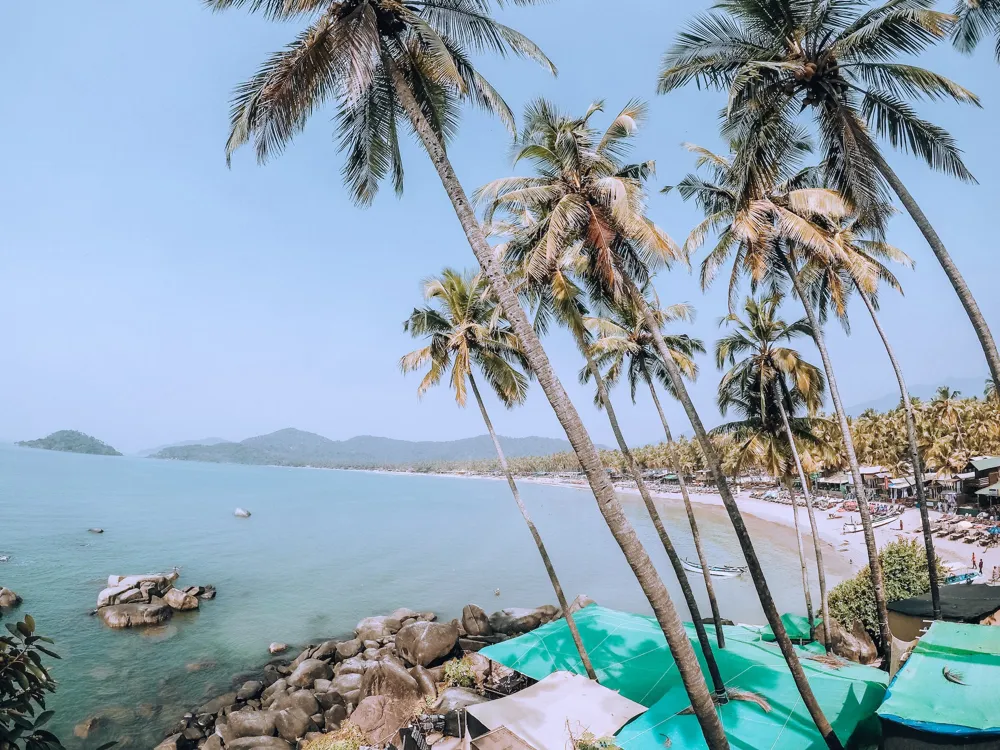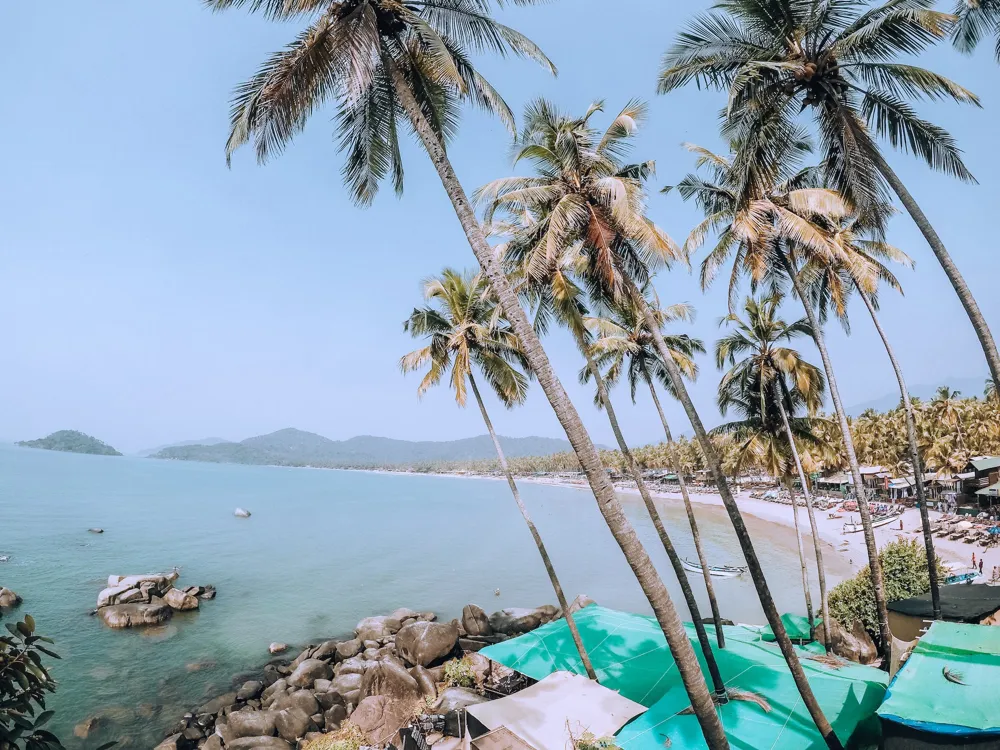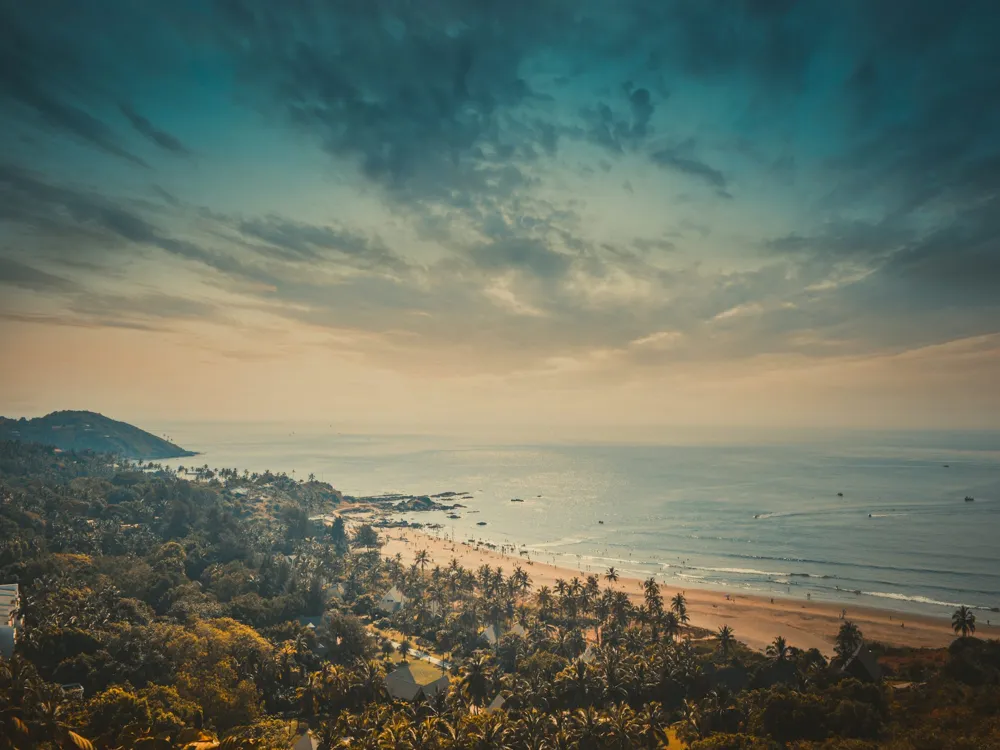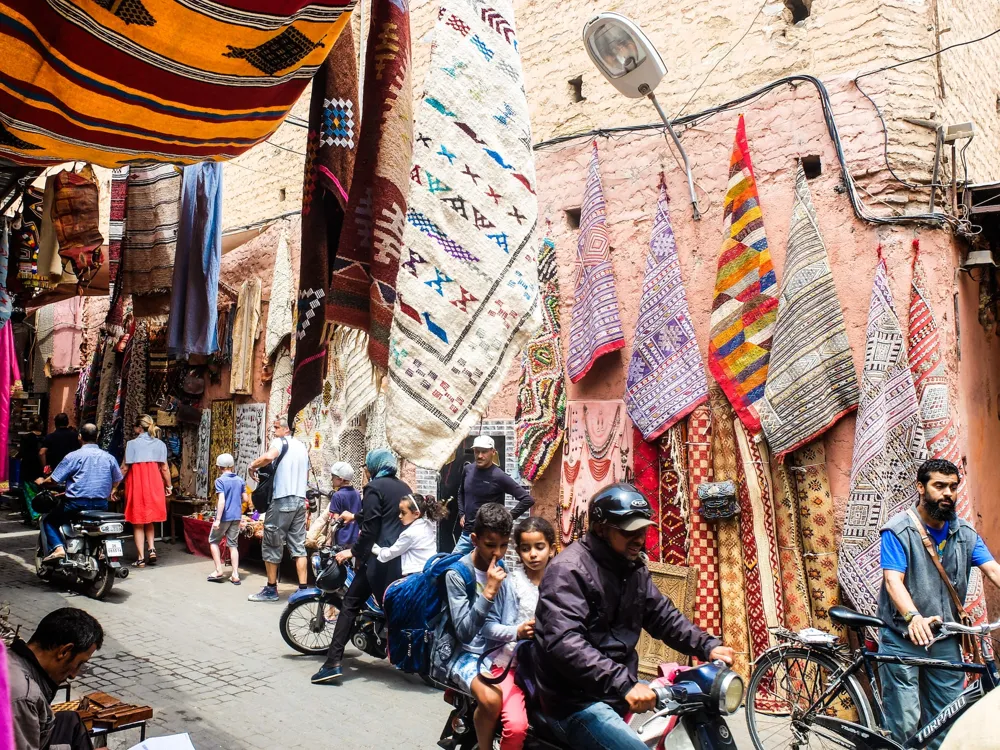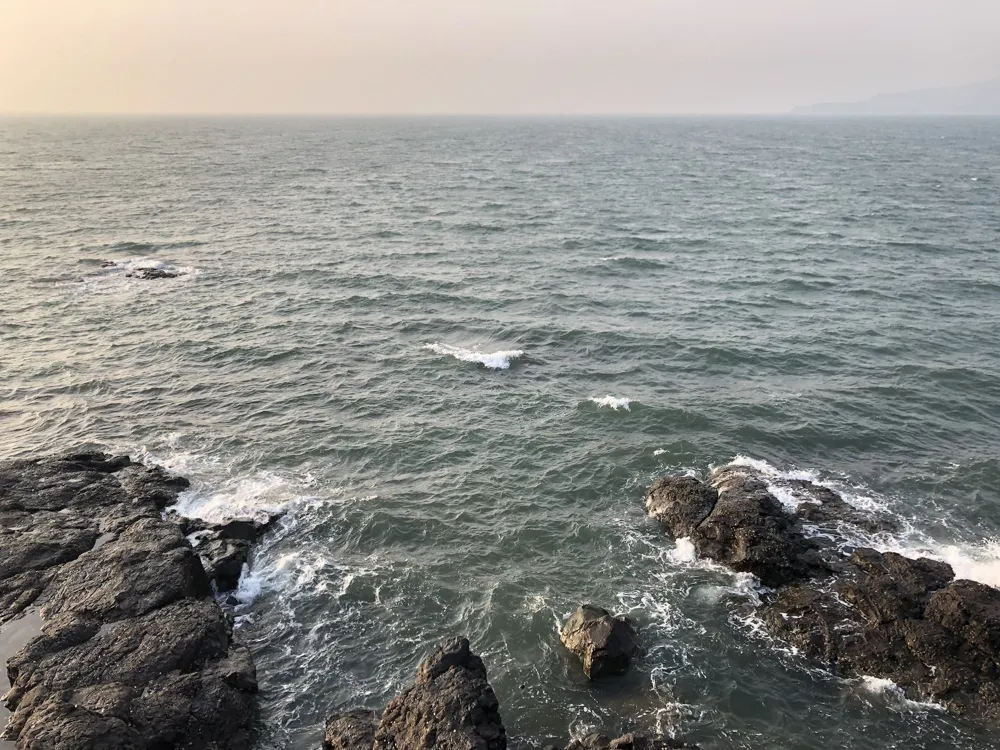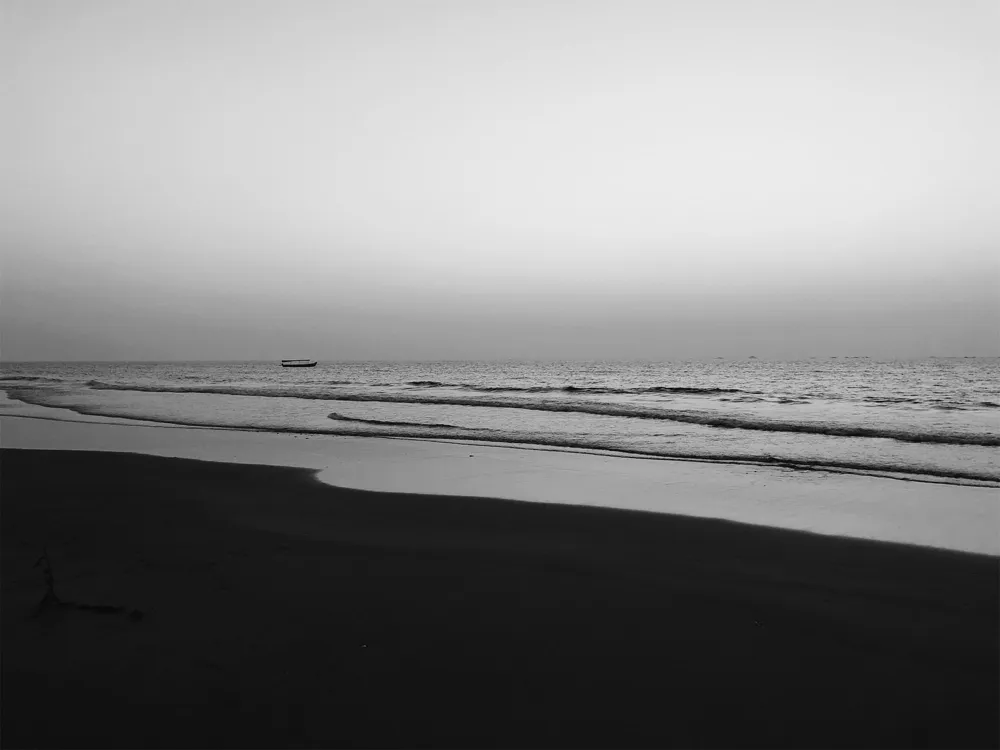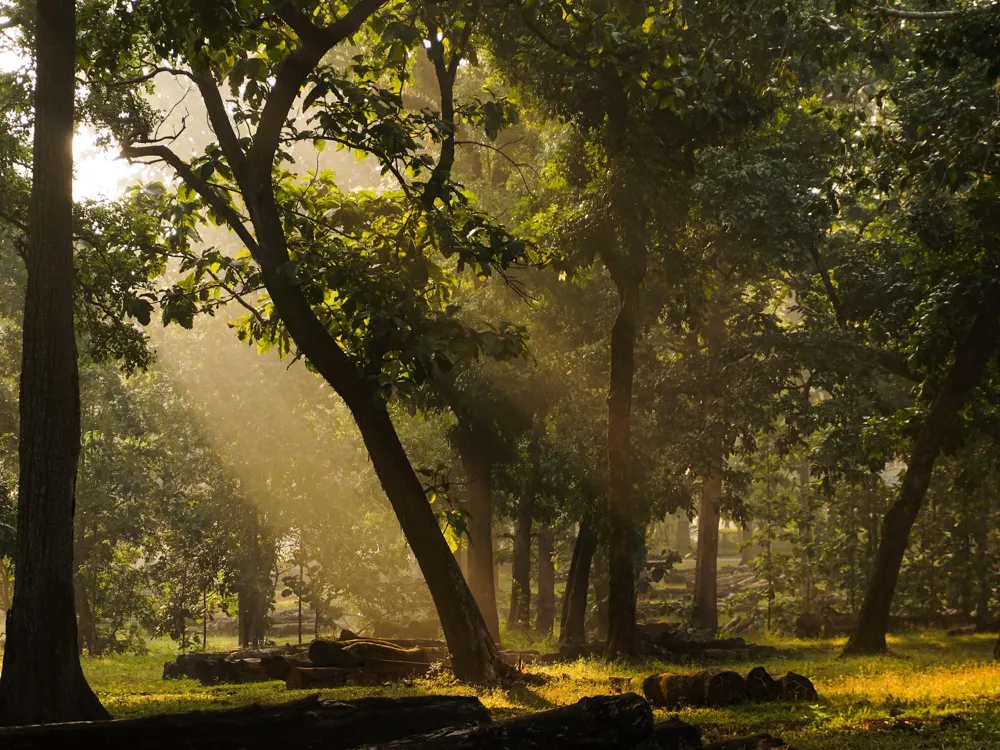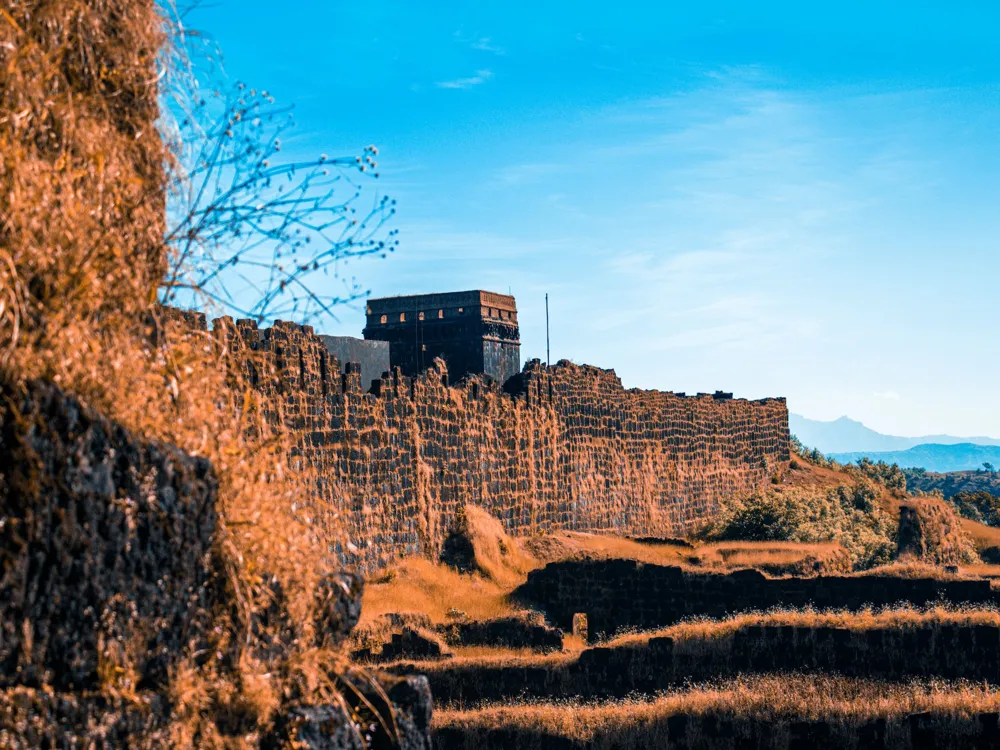Nestled in the picturesque landscapes of South Goa, the Bigfoot Museum stands as a beacon of cultural and historical significance. This unique museum, dedicated to the local folklore and myths of the region, particularly the legendary Bigfoot, offers an immersive experience into the rich tapestry of Goa's heritage. Spanning over a vast area, the museum captivates visitors with its extensive collection of artifacts, interactive exhibits, and detailed narratives that bring the myth of Bigfoot to life. The Bigfoot Museum is not just a mere collection of exhibits; it is a journey through time. It encapsulates the essence of Goan culture, from its ancient roots to contemporary interpretations. The museum's layout is thoughtfully designed to guide visitors through different eras and aspects of the Bigfoot legend, accompanied by audio-visual aids that enhance the storytelling experience. Artifacts ranging from age-old manuscripts to modern artistic depictions of Bigfoot provide a comprehensive overview of how the legend has evolved and integrated into the local culture. The architecture of the Bigfoot Museum in South Goa is a marvel in itself, seamlessly blending traditional Goan aesthetics with contemporary design principles. The museum's structure is inspired by Goan heritage, featuring characteristic elements such as laterite stone walls, high ceilings, and large windows that allow natural light to flood the interiors. This architectural style not only pays homage to the region's historical buildings but also creates an inviting and serene environment for visitors. At the heart of the museum's design is sustainability and eco-friendliness. The use of local materials and green building techniques minimizes the environmental impact while preserving the natural beauty of the surroundings. The museum's layout is thoughtfully planned to provide an intuitive flow, leading visitors through various thematic zones, each telling a different aspect of the Bigfoot legend. Interactive spaces, landscaped gardens, and open-air exhibit areas further enhance the visitor experience, making it a harmonious blend of education, culture, and leisure. The ideal time to visit the Bigfoot Museum is during the cooler months of November to February, when the weather in Goa is pleasant, making it comfortable to explore the museum and its outdoor areas. Opt for a guided tour to gain deeper insights into the exhibits and the legend of Bigfoot. Experienced guides provide fascinating anecdotes and historical context that enrich the overall experience. Wear comfortable clothing and shoes suitable for walking, as the museum covers a large area with both indoor and outdoor exhibits. The Bigfoot Museum is conveniently located in South Goa, easily accessible by various modes of transportation. For those driving, the museum is well-connected by road, with ample parking space available. Visitors can also use public transport, with frequent bus services running from major towns and cities in Goa. Taxis and auto-rickshaws are readily available for a more comfortable and direct route to the museum. For international or out-of-state visitors, the nearest airport is the Goa International Airport. From there, one can hire a taxi or use the shuttle services to reach the museum. The journey offers a scenic route, showcasing the beautiful landscapes and vibrant culture of Goa. Read More: Overview of Bigfoot Museum of South Goa
Architecture of Bigfoot Museum
Tips When Visiting Bigfoot Museum
Best Time to Visit
Guided Tours
Dress Appropriately
How To Reach Bigfoot Museum
Bigfoot Museum
South Goa
Goa
NaN onwards
View goa Packages
Goa Travel Packages
View All Packages For Goa
Top Hotel Collections for Goa

Private Pool

Luxury Hotels

5-Star Hotels

Pet Friendly
Top Hotels Near Goa
Other Top Ranking Places In Goa
View All Places To Visit In goa
View goa Packages
Goa Travel Packages
View All Packages For Goa
Top Hotel Collections for Goa

Private Pool

Luxury Hotels

5-Star Hotels

Pet Friendly









